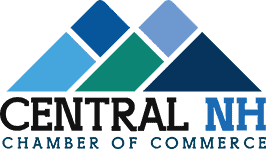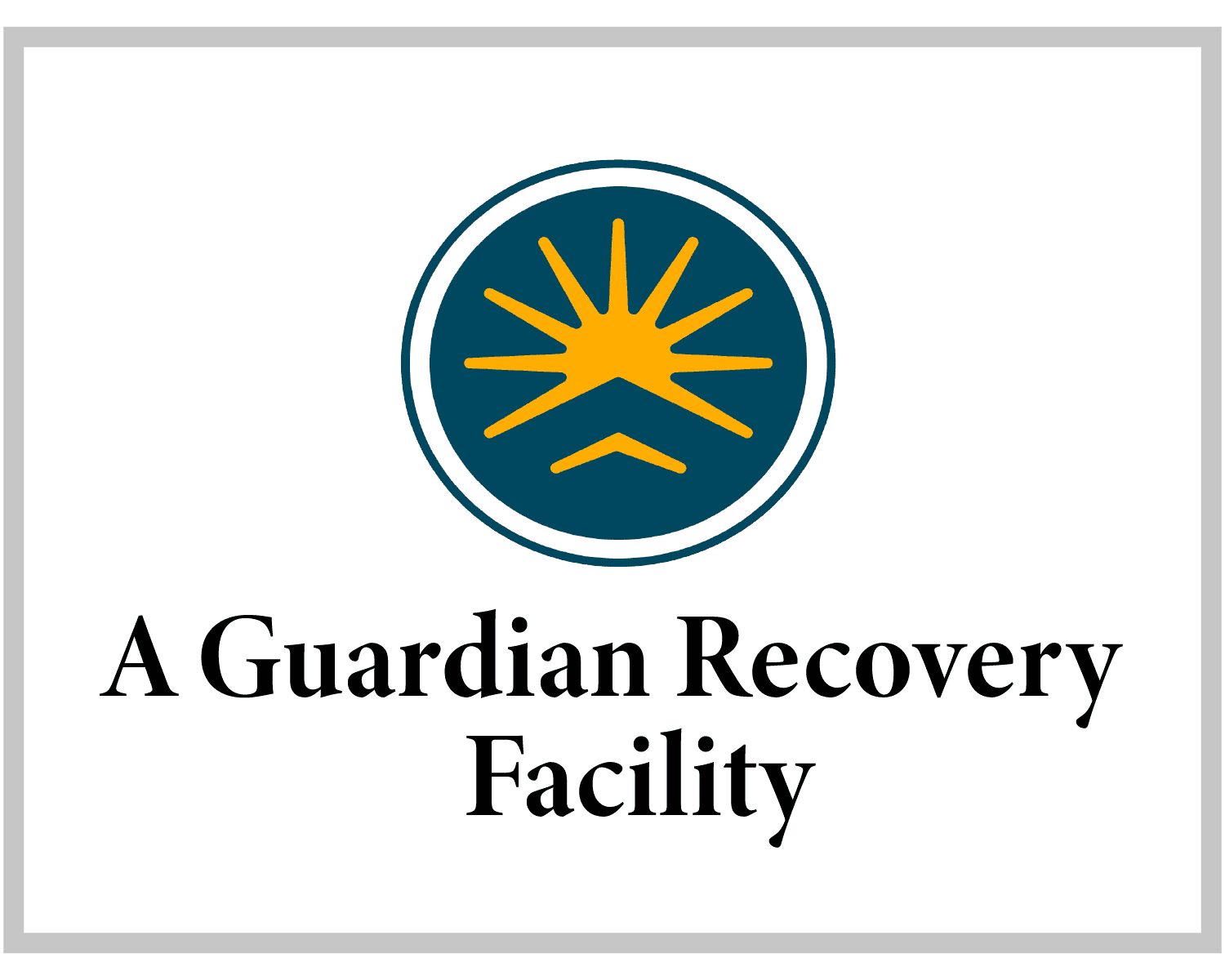Essential Personal Identification Documents
When seeking admission to a rehabilitation facility, proper identification documents serve as the vital foundation for beginning the treatment process. To guarantee smooth identification verification, individuals should gather and organize the following documents:
- Valid government-issued photo ID (driver’s license, passport, or state ID card)
- Social Security card
- Birth certificate
- Marriage certificate or divorce decree (if applicable)
- Legal guardianship or power of attorney documentation (if relevant)
Document organization is essential for expediting the admission process, as rehabilitation facilities must verify the individual’s identity and legal status before initiating treatment. Staff members will review these documents to confirm eligibility, establish proper identification records, and guarantee compliance with federal regulations regarding individual privacy and security protocols. Maintaining copies of these documents in a secure folder can help streamline the verification process.
Medical and Insurance Documentation
Comprehensive documentation and insurance verification provide the foundation for successful rehabilitation admission. Prospective individuals must assemble a thorough portfolio of their healthcare records and coverage details.
Required medical records typically include recent physical examination results, complete medical history, current medication lists, and any relevant diagnostic test results or specialist reports. Additionally, treatment facilities require detailed documentation of previous mental health or substance abuse treatment, if applicable. Regarding insurance coverage, individuals should prepare their insurance card, policy information, pre-authorization documentation, and any correspondence with their insurance provider about coverage limits or requirements. Many facilities also request documentation of secondary insurance or payment arrangements. For Medicare or Medicaid recipients, additional verification forms and coverage documentation may be necessary to guarantee proper processing of benefits.
Treatment History and Current Medications
Sharing a comprehensive treatment history enables more effective care planning. Individuals should document all previous rehabilitation experiences, outpatient programs, and counseling sessions, noting what approaches were beneficial and which were less effective.
A complete medication inventory is essential, including all prescription medications, over-the-counter products, and dietary supplements currently being taken. Details should include exact dosages, frequency of use, and duration of treatment. This information helps treatment providers develop appropriate care strategies and manage medications safely during recovery.
It’s equally important to document any negative reactions or allergies experienced with past treatments or medications. This history allows care teams to avoid potentially harmful interventions and customize recovery plans that address specific needs while minimizing risks. Thorough documentation contributes significantly to creating personalized and effective treatment approaches.














